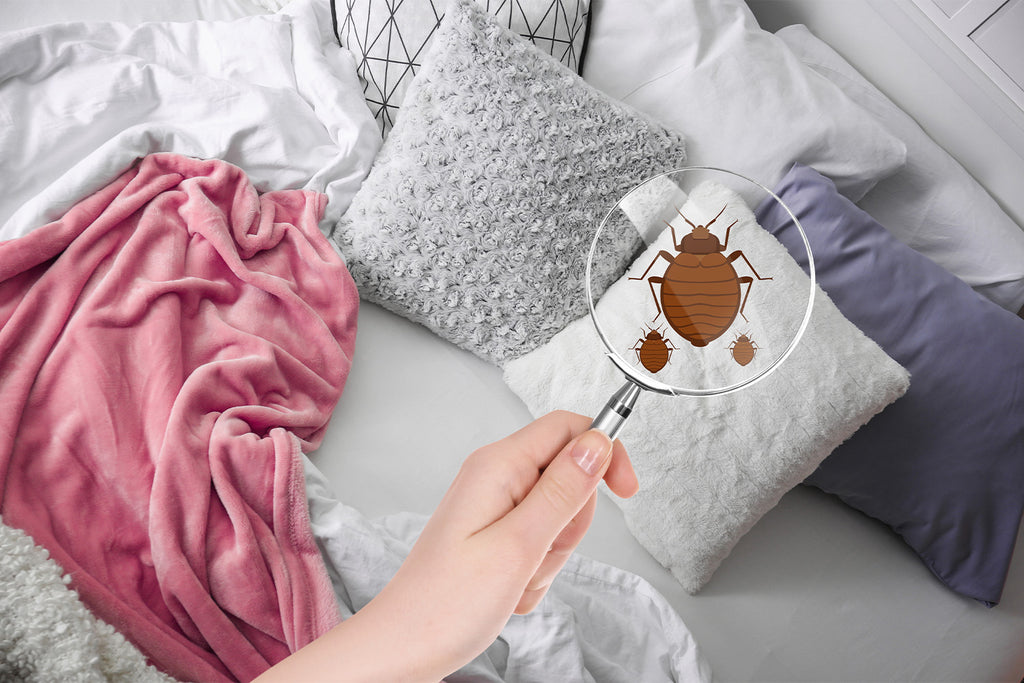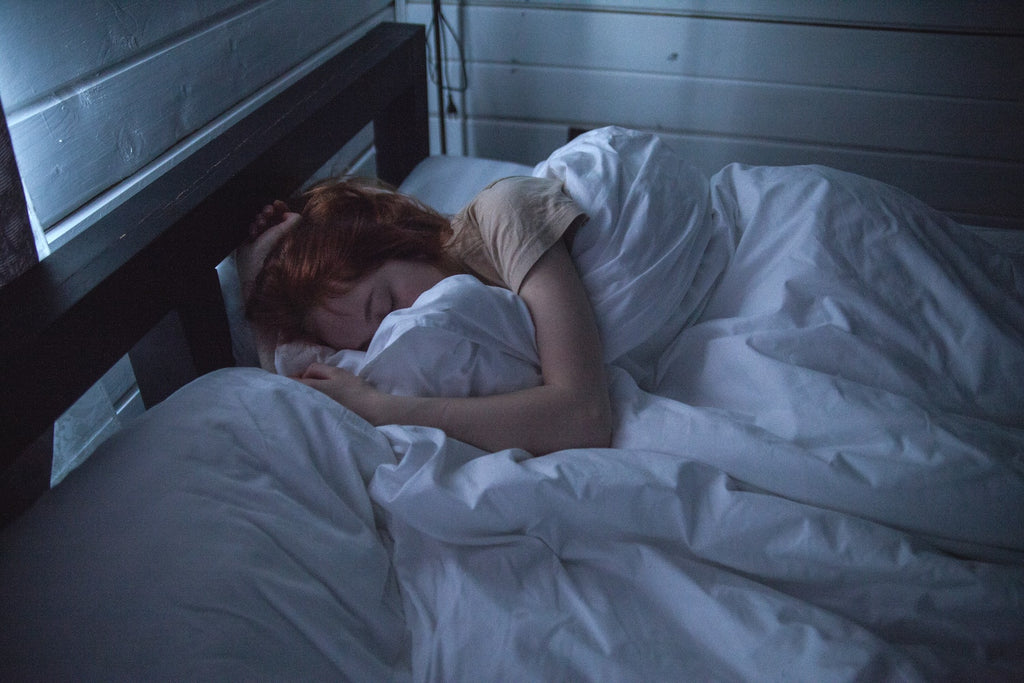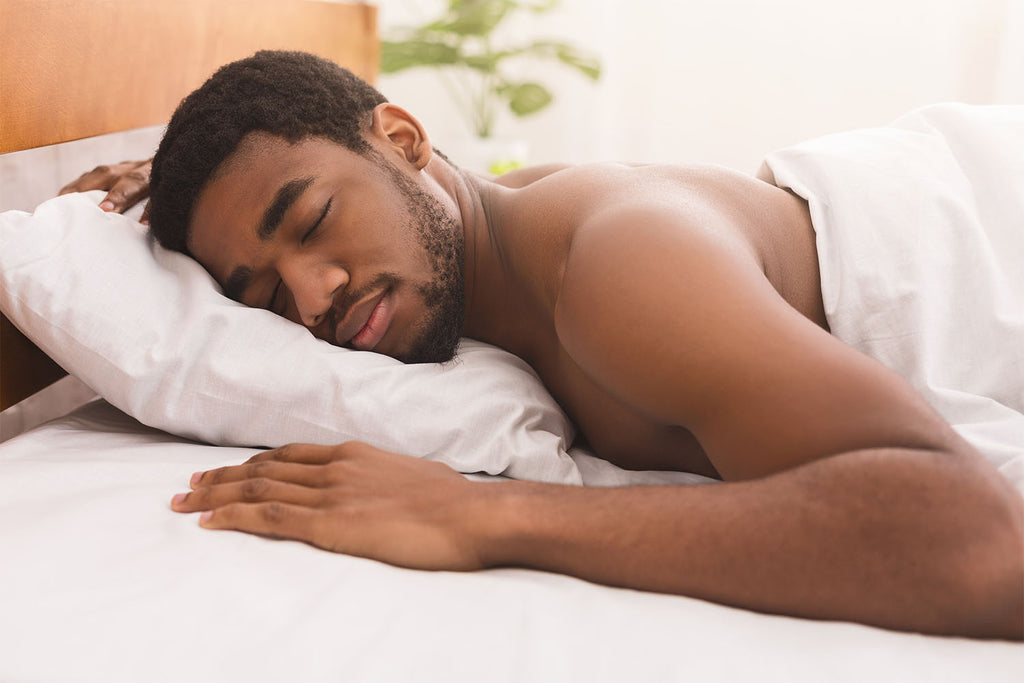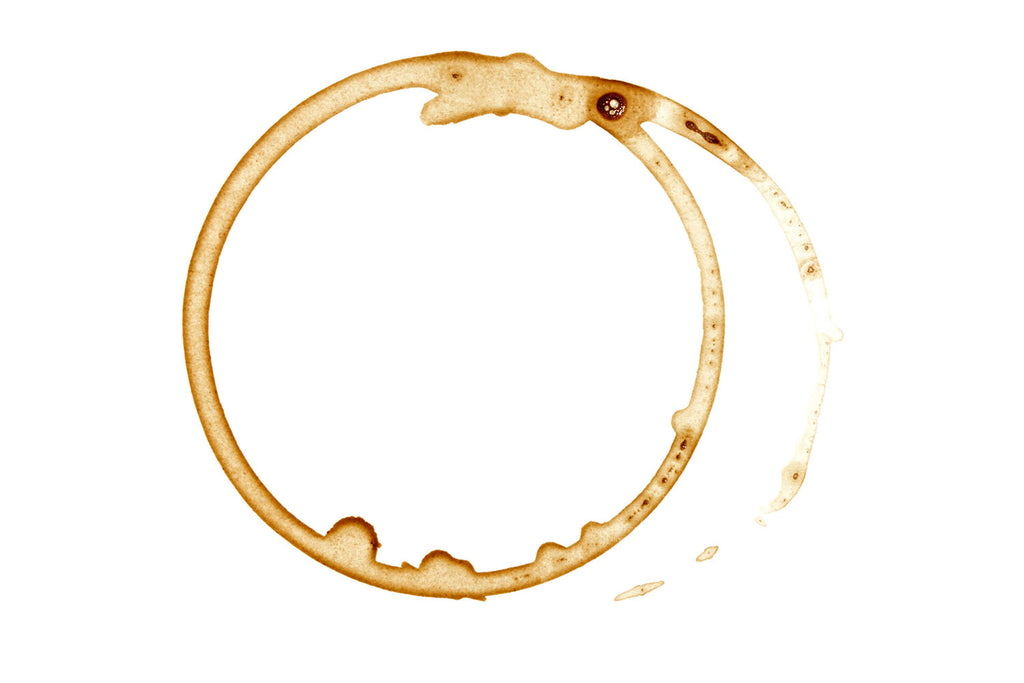
How To Check for Bed Bugs

Bed bugs are certifiably gross. The thought of them is enough to give anyone the heebie-jeebies. The idea that there could be little tiny bugs living in your bed, sheets, mattress, or comforter is, quite frankly, mortifying.
We all want to do everything we can to avoid bed bugs, but if you’re in an unfortunate position where you think your bed might have an infestation, you need to know how to check for them.
So in this article, we’re going to teach you the critical skill of checking for bed bugs so that you don’t have to wonder whether or not you have them. You can know for certain.
Let’s get started:
What Are Bed Bugs?
As you can probably put together based on their name, bed bugs are tiny bugs that are well-known for making their home in your bed. They’re tiny insects that are big enough to see but small enough to hide in the cracks and crevices of your bedding with ease.
Adult bed bugs measure in at about 3/16-inch, about the size of an apple seed, and they have an oval shape. They don’t have any wings, and they have this characteristic rusty red color. They have antennae and tiny eyes, and their bodies are relatively flat.
The real creepy part about bed bugs is that they feed on the blood of animals and humans. So they hide in your bed throughout the day, and when you fall asleep, they emerge and bite you to feed.
Bed bugs live to be about ten months old, but they can survive for weeks at a time without being fed, so they are quite a nuisance to get rid of.
Are They Dangerous?
Bed bugs are not really all that dangerous. Of course, you may have to deal with some pesky bug bites, but these insects don’t carry any diseases at all, so they are not going to threaten your life in any way.
However, if you’re allergic to bed bugs, their bites could cause an allergic reaction that could be serious. But not that many people are allergic to them, so you probably don’t have to worry about them.
What Do Bug Bite Bites Feel Like?
The bite itself is pretty much painless. These creatures are so small that the initial pain will probably not register at all. You’ll just keep on sleeping. But you’ll wake up with large, itchy welts on your skin. They have a red color and usually have a white center. Red centers are more characteristic of flea bites, so if the center is red, it isn’t a bed bug bite.
These welts are quite itchy and even painful, but that’s the extent of it. They should go away in a few days with proper care.
Where Do Bed Bugs Come From?
Bed bugs can’t fly, so if you find that bed bugs are in your home, it’s likely that they hitched a ride on your clothes from somewhere else. Maybe they found their way onto your clothes in a hotel room or when you sat on a dingy couch somewhere.
But they can even come from second-hand clothes, bedding, or furniture. It’s important to remember that bed bugs are not necessarily tied to unsanitary spaces. Even the highest-class hotels occasionally get bed bug infestations.
How To Check for Bed Bugs
Now that we know what bed bugs are and know how to identify their bites, let’s move on to the main event: learning how to check for a bed bug infestation.
The Signs of a Bed Bug Infestation
You’ll likely be able to spot the signs of bed bugs before you see the actual critters themselves. The most common bed bug sign is bloodstains on your bed sheets or pillowcases. They’ll leave small blood specks behind when they bite you, staining your bedding.
You also might see signs of their excrement in your mattress and bedding or even the walls. Bed bug excrement leaves behind rusty-colored, dark spots in the fabric.
You may even be able to smell them. Bed bugs have a characteristic musty odor that they release from their scent glands. If your bed has a nasty smell that won’t go away, there’s a possibility it could be bed bugs.
Thoroughly Inspect Your Bed
First, you’ll need to take a good, long look at your bed to see if you have bed bugs. Take off your blankets and sheets and clean them. Now take a look at your mattress and box spring very closely.
Bed bugs love their hiding places, also called harborages, so make sure you take a good look at the mattress seams, peeling them apart to look inside. They will typically like to make their nests on the sides, corners, and undersides of the bed, so look for the bugs themselves and bed bug eggs there.
Once you’ve checked your mattress, it’s probably a good idea to check your box spring, too, if you have one. If possible, tear away the loose fabric on the underside of the box spring so you can thoroughly inspect the inside of it, as well as the outside.
Once you’ve checked your bed, it’s time to check the surrounding areas just to be sure. Make sure you check the backside of your bed frame, headboard, your bedside tables, and any nearby couches or other furniture. You should even check the small gaps on the edges of nearby electrical outlets. You can never be too thorough.
While you’re inspecting, keep an eye out for more signs of bed bugs. Their shed skins and exoskeletons will probably be visible first. However, you might also notice eggshells, droppings, and other signs, which can lead you to where they’re located if you keep an eye out.
Assess the Damage
If you’ve spotted bed bugs in your mattress, the next thing you need to do is find out how far the infestation has gone. Likely, your mattress is not the only place they’re hiding, so you need to check anywhere and everywhere for signs of them.
There are the places we’ve already mentioned: mattresses, bedding, bed frames, and nightstands. But you also need to check along your baseboards, in your windows, loose wallpaper, any nearby furniture, hung picture frames, and under the edge of rugs and carpets.
How To Get Rid of Bed Bugs
If you’re unlucky enough to have found bed bugs in your place, you need to know how to get rid of them. Luckily, there are plenty of things you can do to fight off bed bugs and get your life back to normal, so don’t lose hope!
Wash Everything!
First things first, you need to wash everything that you can. All of your bedding needs to go through a cycle in the wash. It’s probably a good idea to do all of your clothes too. A simple wash will kill any bugs in your fabrics.
Use Your Dryer
For things that can’t go in the washer, such as shoes, backpacks, some toys, and the like, you can throw them in the dryer for about 20 minutes, and the heat will kill the bugs. Just make sure the temperature is at least 120 degrees.
Seal and Heat/Freeze
For items that you can’t wash or dry, you can try sealing them in a black trash bag or other plastic bag and leaving them outside, depending on what time of year it is. In super hot temperatures, the bed bugs will die of heat in the bag if left there for a day, but again, it has to get to 120 degrees.
The same goes for freezing temperatures. The cold will kill bed bugs if the temperature stays below 32 degrees for several days.
In either case, make sure that the bag is completely sealed so that the bugs don’t escape.
Vacuum Like Crazy
Normal vacuuming won’t be enough to get rid of the bed bugs. The bugs themselves are difficult to suck up, and their eggs are even harder. But if you do some targeted vacuuming, you’ll be able to remove some of the infestations.
Get your wand attachment on your vacuum and find the places where the infestation is prominent on your mattress or box spring. Scrape away at the infestation to help dislodge the bugs. The vacuum will suck up the remainder.
Just make sure to keep all the contents of the vacuum sealed when you dispose of them so that they don’t escape.
Throw Out Your Mattress
Unfortunately, if your mattress has bed bugs, it has to go. It’s the best way to guarantee that you get rid of the bulk of the infestation. It may be a hefty expense to replace, but having a bug-free home is definitely worth it.
But you can’t just throw out a bed bug-ridden mattress. Otherwise, the bugs will escape and go infect something or someone else. So when disposing of your mattress, make sure you get the special covers or wrappings to completely seal the mattress. Then, wait until your new mattress shows up and relax.
Call the Exterminator
All of the above solutions can help, but the only way to completely get rid of the bed bugs is with special insecticides and the help of pest control. Not only does pest control know their hiding spots better than anyone, but they also have the right chemicals and equipment to get rid of them.
Professionals use low-odor sprays, dusts, and aerosols to treat your home. They’ll treat all of the areas where bugs were discovered and additional areas where they might like to hide. Remember that bait-style treatment for ants, cockroaches, or spiders does not work.
Some exterminators even have heavy-duty steamers or rapid-freezing equipment that can instantly kill bugs and eggs on contact. With all of these tools, they can ensure your bed bug problem is dealt with.
How To Prevent Bed Bugs
It’s important not to feel helpless when it comes to these pests. There are things you can do to keep bed bugs from entering your home in the first place. Here are a few options:
Avoid Used Furniture
Used furniture is one of the most common causes of bed bugs. Many people often sell furniture without knowing that it’s infested with bed bugs. This goes for bed frames, chairs, couches, and especially mattresses.
If you really want to avoid bed bugs, one of the best things you can do is simply not buy used products like these. Always buy new so that you know that you’re getting a safe, clean piece of furniture.
Be Careful When Traveling
You could inadvertently bring bed bugs into your home after you’ve been traveling. So, when you’re in hotels or an Airbnb, it’s best to keep your suitcases off the floor on a hard surface like a table or on a luggage stand to make it harder for the bugs to stow away.
If you do find that you have itchy welts during your travels, take the necessary precautions and immediately wash and dry all of the clothes from the trip. Then either thoroughly steam treat your suitcase or discard it entirely.
Mattress Encasements
Finally, you might want to invest in a mattress encasement. It’s a protective covering that completely encases your mattress in a waterproof fabric so that nothing can get in.
While mattress encasements won’t prevent bed bugs from getting into your home, they will definitely make it a lot harder for them to get into your mattress. So it could save your mattress after an infestation.
How To Treat Bed Bug Bites
If you find yourself with some annoying bed bug bites, the first thing to know is that you should not scratch the bites! Scratching will only make the itching worse over time, and it could even lead to the bite becoming infected if you’re not careful.
Next, wash your bites with soap and water and use antibiotic products to ensure they don’t turn into an infection. Then take some over-the-counter antihistamine or corticosteroid meds to keep allergic reactions at bay.
Bed Bugs Be Gone
Bed bugs are never fun, and it’s essential to be on your guard against them because you never know when you might encounter them. And now you know how to check for bed bugs, get rid of them, and, more importantly, prevent yourself from ever getting an infestation.
Sources:
Bed Bugs | Environmental Health and Safety | Marshall University
Comforter and Bedding Cleaning | Purdue University




